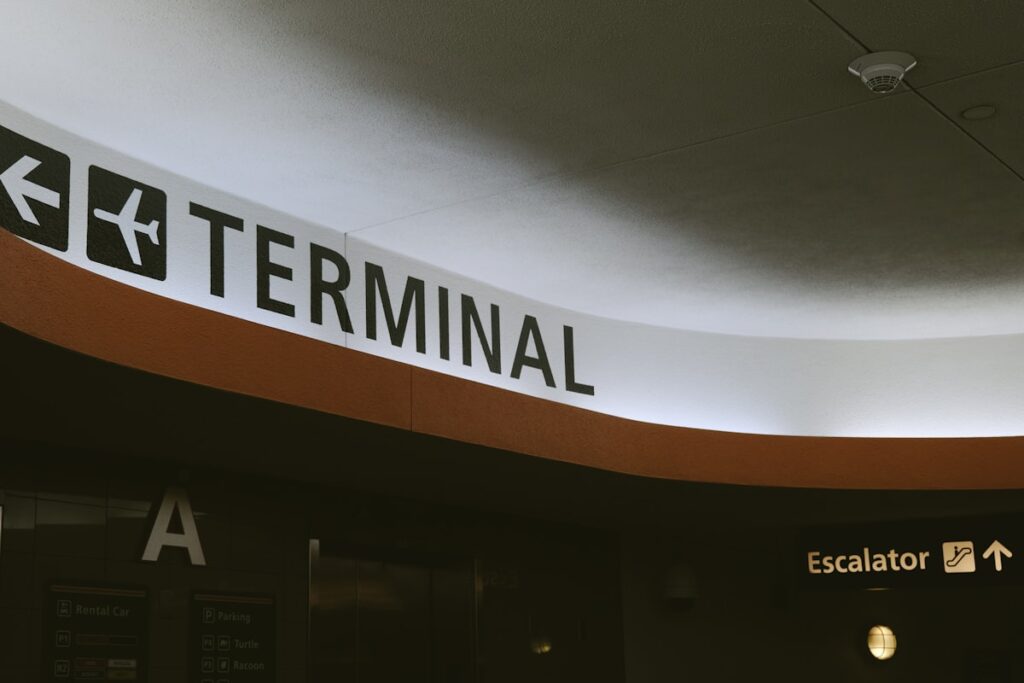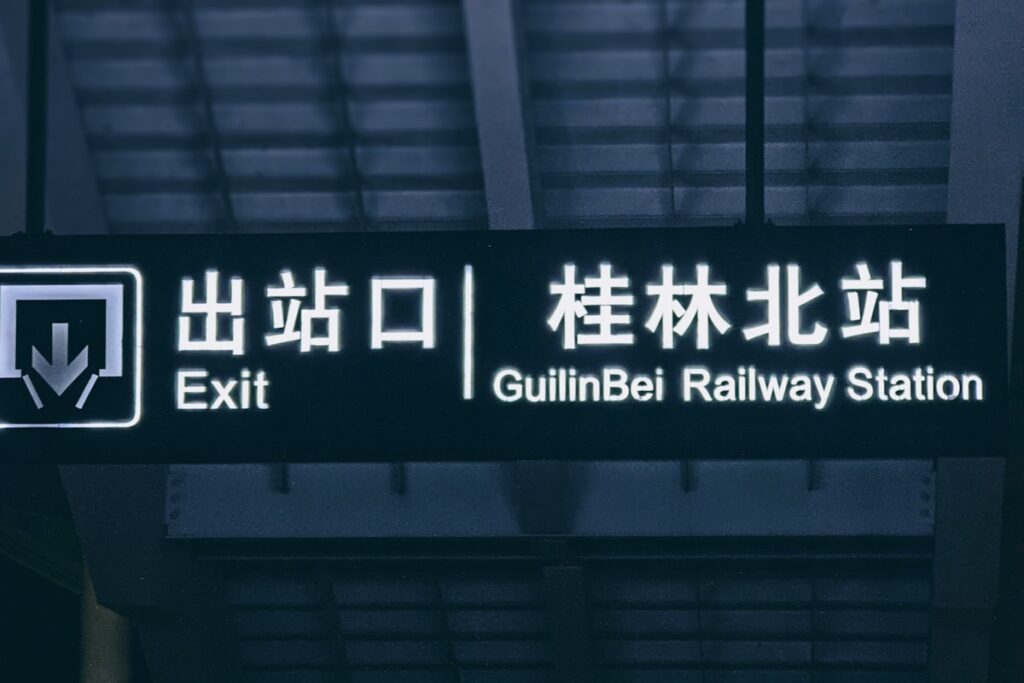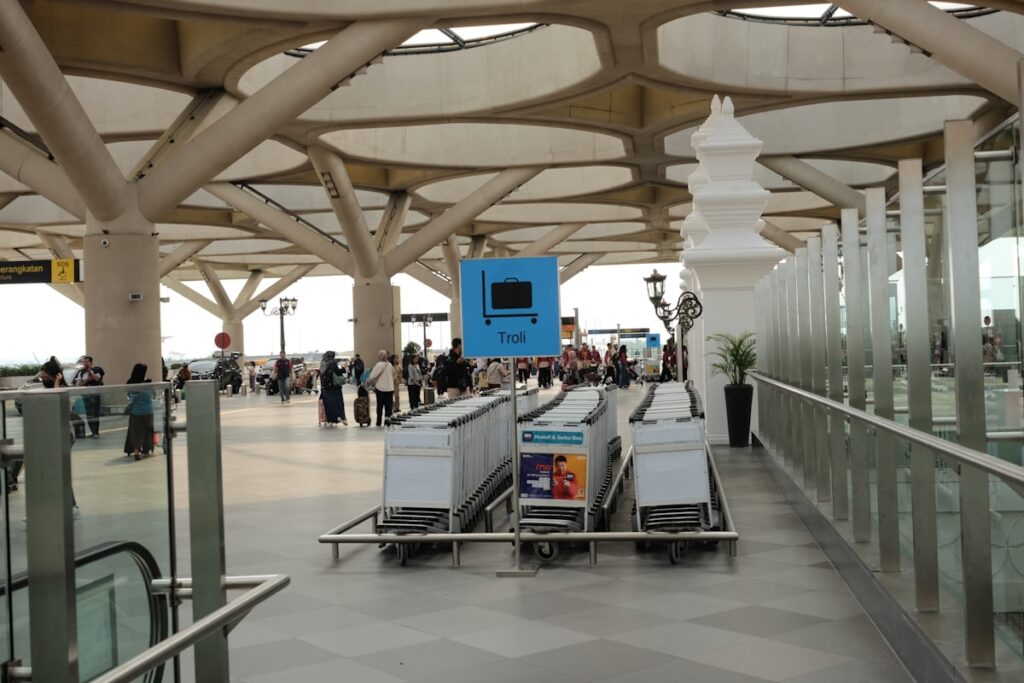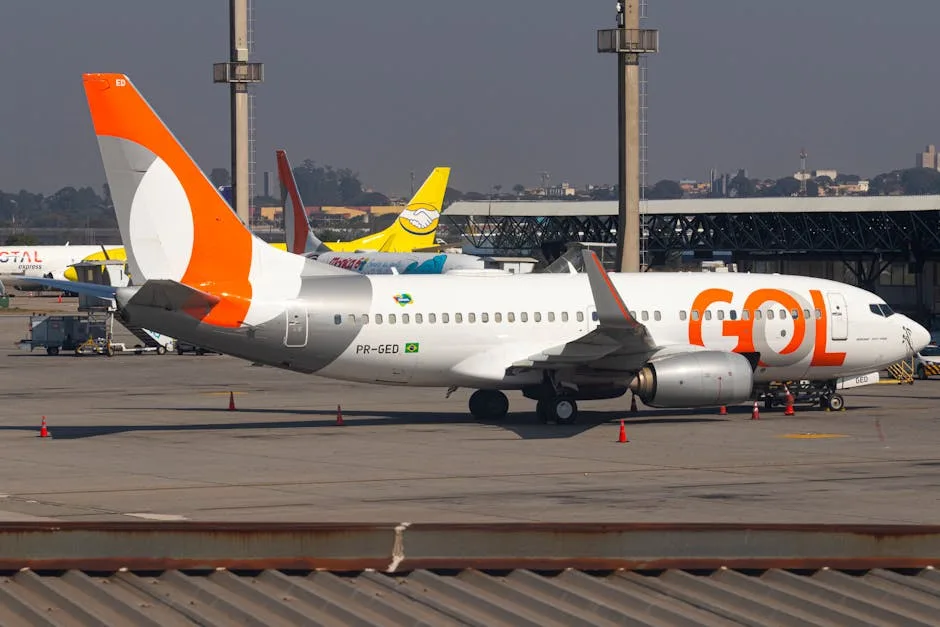Welcome to GRU: Your South American Gateway
So, you’re heading to or through São Paulo–Guarulhos International Airport (GRU)? Awesome! Whether you’re kicking off an epic Brazilian adventure, connecting to another destination, or wrapping up your trip, GRU is likely your first or last impression of this vibrant country. As one of South America’s busiest hubs, it can feel a little overwhelming, but don’t you worry. Think of me as your friendly guide in your pocket. We’re going to break down everything you need to know to navigate GRU like a seasoned pro, from the moment you step off the plane to the second you wave São Paulo goodbye.
This guide is packed with practical tips and insider knowledge to make your airport experience smooth, stress-free, and maybe even enjoyable. Let’s get you prepped and ready for anything GRU throws your way!
First Things First: Getting to Know the GRU Terminals
Guarulhos Airport is a sprawling complex with three main passenger terminals. Knowing which one you need is the first step to a hassle-free journey. A free shuttle bus runs between all terminals 24/7, typically every 15 minutes, so switching is easy if you need to.
Terminal 1 (T1)
This is the smallest and most straightforward terminal, primarily serving domestic flights for a single airline. It’s a bit more stripped-down than the others, but it gets the job done.
- Main Airline: Azul Linhas Aéreas. If you’re flying Azul domestically, this is almost certainly your spot.
- Vibe: Functional and less crowded than the international terminals. It has its own domestic check-in, security, and boarding gates.
Terminal 2 (T2)
Terminal 2 is the airport’s original and largest terminal. It’s a bustling hub for a huge number of domestic and international flights, primarily to destinations within Latin America and some to North America and Europe. If you’re flying with GOL or LATAM, you’ll likely be here.
- Main Airlines: GOL Linhas Aéreas, LATAM Brasil (some international and most domestic), Aerolíneas Argentinas, Avianca, Copa Airlines, and many more.
- Vibe: Energetic and sprawling. It has the widest variety of shops and restaurants in the airport. Be prepared for a bit of a walk to get to your gate, as the wings are quite long.

Terminal 3 (T3)
Opened for the 2014 World Cup, Terminal 3 is the newest, most modern, and frankly, the nicest of the bunch. It handles the majority of long-haul international flights from major global carriers.
- Main Airlines: This is the home for most major international airlines like American Airlines, Delta, United, Air France, British Airways, Emirates, Lufthansa, Qatar Airways, and LATAM (most long-haul international flights).
- Vibe: Sleek, spacious, and efficient. It boasts a huge duty-free shopping area, excellent dining options, and most of the premium airport lounges.
Arrivals: Clearing Immigration, Baggage, and Customs
You’ve landed! Welcome to brazil. Here’s the step-by-step on what to do next. After deplaning, follow the signs for “Imigração” (Immigration). Have your passport and any required visa or travel documents ready. The lines can be long, especially during peak hours, so a little patience goes a long way. The agents from the Polícia Federal will process your entry, stamp your passport, and send you on your way.
Next up is baggage claim (“Restituição de Bagagem”). Find your flight number on the monitors to see which carousel will have your luggage. Once you’ve got your bags, you’ll head through customs (“Alfândega”). Most travelers have nothing to declare and can walk through the “Goods to Declare” line. If you are selected for a random check, just be cooperative and it’s usually a quick process.
Ground Transportation: Your Options for Getting to São Paulo
Okay, you’ve made it through! Now, how do you get into the massive city of São Paulo? You have several solid options, catering to different budgets and preferences.
Airport Bus Service
This is a fantastic, reliable option. The Airport Bus Service (look for the blue and grey buses) offers comfortable, air-conditioned coaches to various key points in the city, including Praça da República (downtown), Paulista Avenue, and Congonhas Airport. You can buy tickets at their kiosk just outside the arrivals hall. It’s a great balance of cost and comfort.
Public Train (CPTM)
For the budget-conscious traveler, the train is a game-changer. The CPTM’s Line 13-Jade connects directly to GRU Airport. There are two main services:
- Airport Express: This is the best option. It runs directly from the Airport-Guarulhos station to Luz station in the city center with no stops in between. It’s fast, cheap, and comfortable.
- Connect Service: This service runs on the same line but makes stops along the way, eventually connecting to Brás station. It’s even cheaper but takes a bit longer.
To get to the train station, you’ll need to take a free shuttle from your terminal. Just follow the signs for the train.

Ride-Sharing Apps (Uber, 99)
Uber and the popular local app, 99, are widely used and often cheaper than taxis. Each terminal has a designated pickup area for these services. Simply follow the signs within the terminal. This offers door-to-door convenience, but be prepared for São Paulo’s notorious traffic (“trânsito”), which can significantly impact your travel time and fare.
Official Taxis
The official airport taxi service is Guarucoop. Their cars are white, and you can pre-pay for your ride at their dedicated kiosks in the arrivals area. This is the most expensive option, but it’s safe, reliable, and you’ll know the fixed price upfront, avoiding any surprises with the meter in traffic.
Departures: Check-in, Security, and Pre-Flight Prep
Heading out of GRU? Give yourself plenty of time. For international flights, arriving 3 hours early is the standard advice, and it’s wise to follow it. For domestic, 2 hours should be sufficient. The check-in halls are massive, especially in T2 and T3. Find your airline on the overhead monitors to locate the correct check-in counters.
After you have your boarding pass and have dropped your bags, you’ll proceed to security. In Terminal 3 (international), you’ll go through both security screening and exit passport control right after. In Terminal 2, you clear security first, and passport control is located closer to the international departure gates. The process is standard: laptops out, liquids in a clear bag, and remove jackets and belts. Once you’re through, you’re in the departures lounge, free to shop, eat, or relax.

Amenities and Services: Making the Most of Your Airport Time
Whether you’re early for a flight or have a long layover, GRU has plenty to keep you occupied.
Dining and Shopping
You won’t go hungry at GRU. You can find everything from familiar chains like Starbucks, Burger King, and Outback Steakhouse to spots serving Brazilian specialties like pão de queijo (cheese bread) and açaí. Terminal 3 has a particularly good food court with more upscale options. The Duty-Free in T3 is enormous and a great place to browse for perfumes, spirits, and electronics.
Airport Lounges
If you have access through your airline status, credit card, or a program like Priority Pass, GRU’s lounges are a fantastic escape. Some of the best include:
- LATAM VIP Lounge (T3): A massive, beautiful space with great food, a full bar, and even shower suites.
- American Airlines Admirals Club / Iberia VIP Lounge (T3): A shared space with solid amenities and comfortable seating.
- Plaza Premium Lounge (T2): An excellent pay-per-use or Priority Pass option in the domestic departures area.
- Star Alliance Lounge (T3): A modern and stylish lounge serving passengers of Star Alliance carriers.
Connectivity and Convenience
Free Wi-Fi is available throughout the airport, though it may require you to watch an ad or re-register after a certain time. Charging stations can be found near the gate areas. You can also find currency exchange booths (câmbio) and ATMs in all terminals, but be aware that airport rates are rarely the best. If you need to store your luggage, look for the “Malex” service.
Key Tips for a Flawless GRU Experience
- Learn a Few Words of Portuguese: While many airport staff speak some English, knowing a few basics like “Oi” (Hi), “Obrigado/Obrigada” (Thank you), and “Com licença” (Excuse me) goes a long way.
- Stay Alert: Like any major international airport, be mindful of your belongings. Keep your passport, wallet, and phone secure at all times.
- Check Your Terminal in Advance: Don’t just assume. Double-check your flight confirmation to see whether you’re departing from T1, T2, or T3 to avoid any last-minute stress.
- Factor in Traffic: São Paulo’s traffic is legendary. When heading to the airport, always give yourself a significant buffer. The train can be a lifesaver for avoiding this chaos.
- Hydrate: Flying can be dehydrating. You can find water fountains past security to refill your bottle, or purchase some before you board.





